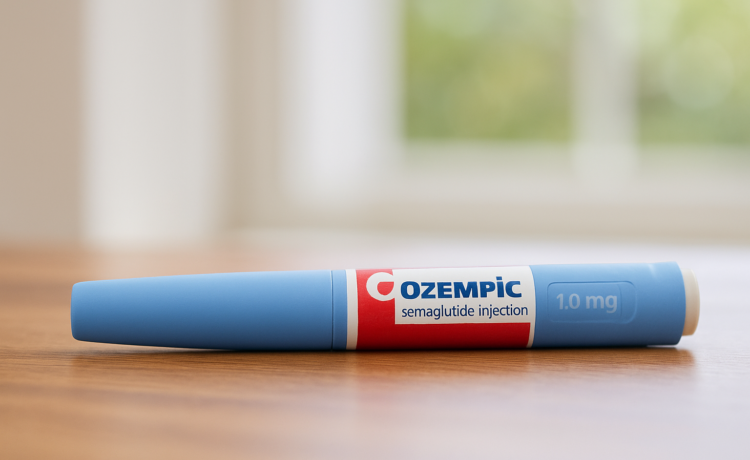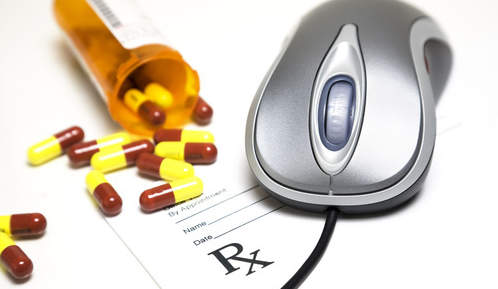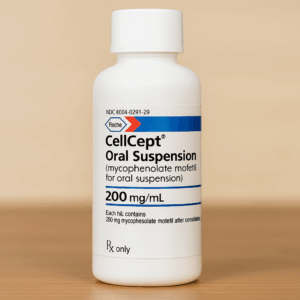Last Updated on May 13, 2025
Paying for Ozempic can be tough. It’s one of the most popular diabetes drugs in the U.S., but also one of the most expensive. That leaves many people wondering how they’ll afford the medication they need.
At NeedyMeds, we help people find savings on prescriptions, including Ozempic. We don’t sell medication or provide insurance, but we connect you to programs that offer real help.
In this blog, we’ll walk you through the current cost of Ozempic, why it’s so expensive, and what coupons, discounts, and savings programs are available. Whether you have insurance or not, you’ll find helpful info to cut costs.
What Is Ozempic?
Ozempic is a prescription drug used to treat type 2 diabetes. It helps lower blood sugar levels and reduces the risk of serious heart problems. The active ingredient is semaglutide, which works by helping your body make more insulin and lowering how much sugar your liver makes. Ozempic comes as a once-weekly injection.
Doctors also sometimes prescribe Ozempic off-label for weight loss, especially in people with obesity or weight-related health conditions. Although it’s not officially approved for this use, its effectiveness has made it a popular option for managing weight.
As of 2025, the list price for Ozempic is around $935 per month without insurance. That’s for a one-month supply of the most common doses: 0.5 mg, 1 mg, or 2 mg. It remains one of the costliest diabetes drugs on the market. Insurance might help reduce that cost, but even insured patients can face high out-of-pocket expenses.
Why is Ozempic so expensive?
One of the reasons Ozempic remains expensive is that it is still under patent protection. Without a generic version available, Novo Nordisk holds exclusive rights to manufacture and price the drug.
The primary patent for semaglutide, the active ingredient in Ozempic, is set to expire on December 5, 2031. A secondary patent related to its use in treating type 2 diabetes extends protection through June 21, 2033. This means lower-cost generic alternatives likely won’t be available until after those dates.
Ozempic Coupons and Savings Programs for Insured Patients
If you have commercial insurance, you might qualify for the Novo Nordisk Ozempic Savings Offer. This program helps eligible patients pay as little as $25 for their prescription.
Here’s what the savings look like:
- $100 off a 1-month supply
- $200 off a 2-month supply
- $300 off a 3-month supply
Your prescription must be for a covered dose (0.5 mg, 1 mg, or 2 mg), and your insurance must include Ozempic. To receive the 3-month discount, your plan must allow 90-day fills and your prescription must be written accordingly. The offer is valid for up to 48 months and available only to those with private insurance. It cannot be used by people with Medicare, Medicaid, or other government insurance.
If your pharmacy can’t process the card, you may still be able to get reimbursed for your out-of-pocket costs. Novo Nordisk offers a mail-order reimbursement option for qualifying purchases. Visit their website for instructions and be sure to submit your request within the required timeframe.
Does Medicare Cover Ozempic?
Ozempic is covered under Medicare Part D, but the cost can vary depending on your plan. Some plans place Ozempic on a higher tier, which can lead to higher copays. However you may qualify for Extra Help, which is a Medicare program for people with limited income and resources.
In 2025, Extra Help eliminates your Part D premium and deductible. You’ll pay no more than $4.90 for generic drugs and $12.15 for brand-name prescriptions like Ozempic. Once your total drug costs hit $2,000, covered prescriptions will cost $0 for the rest of the year.
You may automatically qualify for Extra Help if you receive full Medicaid coverage, help from your state to pay Medicare Part B premiums, or Supplemental Security Income (SSI). Others may need to apply through Social Security.
If you’re unsure whether you qualify, contact your local Medicaid office or State Health Insurance Assistance Program (SHIP) for help.
Can Uninsured Patients Get Ozempic For Free?
You might qualify for free Ozempic through Novo Nordisk’s Patient Assistance Program (PAP). The PAP offers medication at no cost to eligible patients without prescription drug coverage. To qualify, you must live in the U.S. or a U.S. territory, have no prescription coverage, and meet income limits, typically under 400% of the Federal Poverty Level.
Once approved, you may receive up to a 120-day supply of Ozempic, which will be shipped to your healthcare provider’s office. You’ll need to submit an application, which includes consent to verify income and health information. A healthcare provider must complete part of the form and handle the medication delivery.
Enrollment typically lasts 12 months, and if you’re on Medicare Part D, coverage is provided through the end of the calendar year. You can reapply each year if you continue to qualify.
Watch Out For Scams
NeedyMeds is aware of services that charge $70–$90 each month just to fill out forms without guaranteeing you’ll get the medication. That means you could end up paying month after month for nothing.
We list trusted application assistance programs that offer this help for free or at a very low cost. Some may charge a small one-time fee or monthly administrative fee, but most are completely free and never exploitative.
These programs, usually run by clinics, nonprofits, or pharmacies, are designed for people who are uninsured or have limited income. Staff will help you with paperwork, check eligibility, and walk you through the application process.
To find an application assistance program in your area, visit our website. Call us at 800-503-6897 if you have any questions.
Nonprofits That Help With Ozempic Costs
The PAN Foundation and HealthWell Foundation offer financial help for people who need support paying for medications like Ozempic. These nonprofits focus on helping patients with chronic conditions, including type 2 diabetes, by covering copay or out-of-pocket costs.
- PAN Foundation: Offers up to $2,000 per year in copay assistance for people with type 2 diabetes when funding is available. To qualify, you must have Medicare, live in the U.S. or a territory, and have an income at or below 400% of the Federal Poverty Level.
- HealthWell Foundation: Provides up to $1,000 in assistance for type 2 diabetes when the fund is open. To qualify you must be treated for Type 2 diabetes and have insurance that covers your medication. Income must be at or below 300% of the Federal Poverty Level.
Assistance from both these organizations is awarded on a first-come, first-serve basis and depends on available funding. You can sign up for alerts to be notified when a fund reopens.
State Pharmaceutical Assistance Programs (SPAPs)
SPAPs are state-run programs that help eligible residents afford prescription medications. Some programs work with Medicare Part D to help cover out-of-pocket costs, while others support people with specific health conditions like HIV or kidney disease.
Many SPAPs are designed for older adults, people with disabilities, or those with low incomes. Each state decides who qualifies and what medications are covered. Some also offer separate state discount programs to lower costs for people who may not qualify for full assistance. To learn what’s available where you live, visit this resource.
Find Coupons and More With NeedyMeds
Whether you’re insured, on Medicare, or have no insurance at all, NeedyMeds can help you find programs to save on Ozempic. Visit our Brand Name Drug Page to search for Ozempic and view savings cards, assistance programs, and coupons all in one place.
You don’t have to face high drug prices alone. Let NeedyMeds help you find the resources you need.





